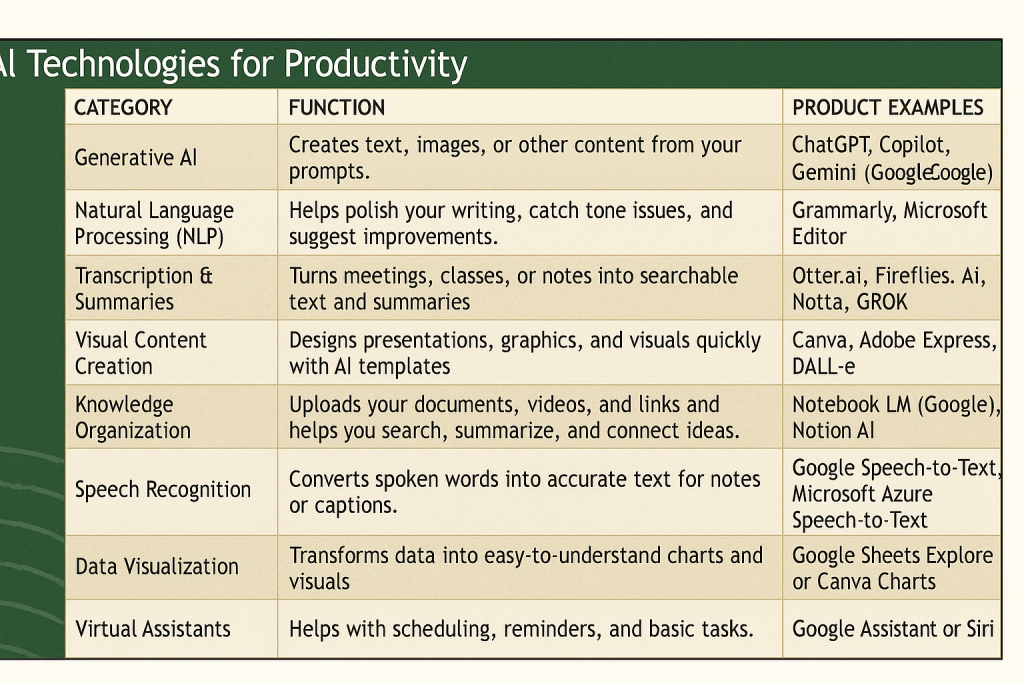
Farm Director KC Sheperd spoke with Heather Hampton Knodle, president of Knodle Farms, at the Rural Economic Outlook Conference, who discussed both the promise and the challenges of artificial intelligence (AI) in modern agriculture. Knodle emphasized that while AI can seem intimidating to producers, it offers real, practical opportunities already available today. “I tried to share with the audience some opportunities, some concerns about artificial intelligence, but also technologies that are already in place for us today that we can tap into,” she said.

Knodle highlighted examples of AI applications in weed control, livestock management, and precision farming. Technologies like “see and spray” systems can reduce labor, cut chemical costs, and improve efficiency. In livestock operations, barn cameras can track animals individually and detect illness earlier than the human eye — a breakthrough tool for operations facing labor shortages. “It provides that kind of amazing, early warning detection and sometimes even diagnosis to help us make better decisions,” she explained.
When asked where producers should start, Knodle pointed to a summary slide created by a professor at Lincoln Land Community College. Knodle said, “Start by experimenting”. The chart categorized programs by function — from Generative AI tools like ChatGPT and Copilot, to Transcription and Summary apps such as Otter.ai and Fireflies, and Visual Content Creation platforms like Canva and Adobe Express. It also included tools for Data Visualization, Knowledge Organization, and Virtual Assistance, emphasizing how each type can enhance efficiency, automate routine tasks, and help farmers better manage data and communication. “Go beyond the smart home app,” Knodle encouraged. “Try using these models to scan information you don’t have time to read and ask for the key themes and action items. Right there, you’ve applied a tool and launched yourself on the way to explore other things.”

Connectivity remains a major hurdle. Knodle referred to it as “the mesh,” describing not just physical broadband access, but also computing power to handle the massive data coming from farms. “It’s said that a 140-acre cornfield has as much data as the entire Library of Congress,” she noted. AI can analyze that information in real-time, helping producers make decisions that protect yields — for example, identifying pest outbreaks like Army Worms before major damage occurs.
She also discussed drone technology. Larger, more advanced drones are enabling farmers to apply fungicides, insecticides, or even seed cover crops with greater efficiency. “We still have that need for manpower,” she said, “but we’re going to be trained in different ways to think more critically, more analytically.”

For producers who haven’t yet tried AI, Knodle encouraged small steps — using AI tools to summarize farm magazine articles or synthesize research insights. “Go beyond the smart home app,” she advised. “Try using these models to scan information you don’t have time to read and ask for the key themes and action items. Right there, you’ve applied a tool and launched yourself on the way to explore other things.”

















